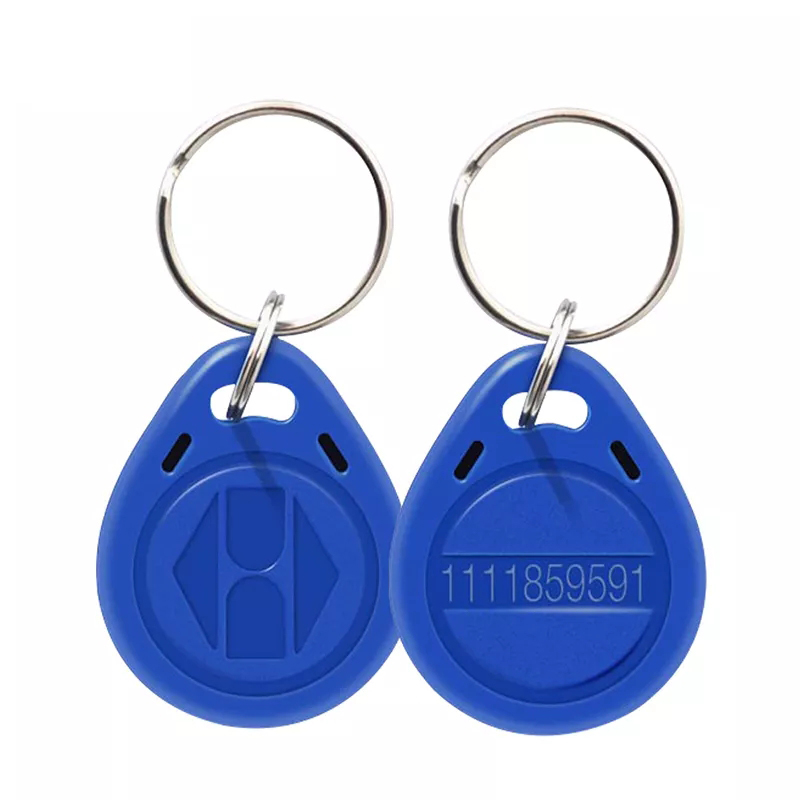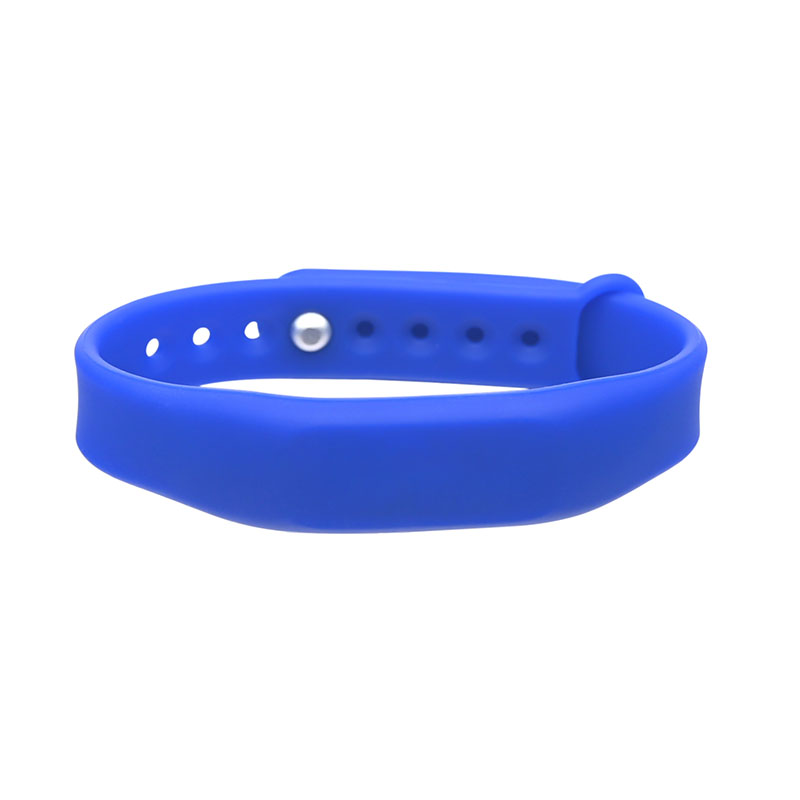
Live concerts and music festivals have grown from simple gatherings into massive, high-tech spectacles. Modern audiences expect more than just music; they want convenience, safety, and memorable engagement throughout the event. For organizers, this creates challenges: managing huge crowds, preventing ticket fraud, reducing wait times, and maximizing revenue streams.
Traditional tools such as paper tickets or cash-based payments often fall short. They are vulnerable to counterfeiting, slow down entry processes, and make financial management cumbersome. With tens of thousands of attendees, these inefficiencies scale into significant financial and reputational risks.
This is where RFID wristbands come into play. By integrating Radio Frequency Identification (RFID) technology into wearable devices, organizers can deliver a seamless, secure, and data-driven concert experience. From contactless entry to cashless payments and personalized fan engagement, RFID wristbands are redefining how live events operate in 2025 and beyond.
This blog explores why RFID wristbands are being adopted at live concerts worldwide, their key benefits, additional advantages, and the broader implications for both organizers and attendees.
1. Unmatched Security and Fraud Prevention
Ticket fraud remains a major issue in the global event industry, costing organizers millions annually. Paper tickets and QR codes can be duplicated with relative ease. In contrast, RFID wristbands contain encrypted microchips that are nearly impossible to clone.
Each wristband has a unique identifier (UID) that can be authenticated in real time, ensuring only legitimate ticket holders gain entry. This not only protects revenue but also improves crowd safety by preventing venue overcrowding caused by counterfeit tickets.
2. Seamless and Reliable Cashless Payments
Cash handling at concerts creates multiple challenges: theft risk, long queues at concession stands, and costly reconciliation processes. While mobile payments are popular, they rely on network connectivity, which often fails under the strain of thousands of attendees.
RFID wristbands solve this with offline-capable, contactless payment systems. Fans preload funds into their wristbands or link them to payment cards before the event. A simple tap completes transactions in under two seconds. According to a study by Event Genius, events using RFID cashless systems reported a 22% increase in on-site revenue compared to traditional payment methods.
3. All-in-One Fan Experience
RFID wristbands consolidate multiple functions into a single wearable device. Fans no longer need to carry paper tickets, wallets, or even smartphones. From accessing the venue and purchasing merchandise to unlocking VIP lounges, the entire concert journey becomes frictionless.
This integration aligns with the growing trend of wearable technology and provides fans with a modern, connected experience.
Key Benefits of RFID Wristbands at Live Concerts
Nothing kills fan excitement faster than waiting in line for hours. Manual ticket checks and barcode scanning slow down the entry process, especially at large venues. RFID wristbands can be scanned at a distance of a few centimeters, processing up to 15–20 people per minute per gate, compared to 4–6 with traditional systems.
Case Study: At Coachella, RFID wristbands reduced gate wait times by nearly 40%, improving attendee satisfaction scores and reducing staffing costs.
2. Cashless Convenience and Increased Spending
RFID wristbands remove the friction of cash and card payments. A survey by Intellitix found that over 65% of attendees spend more money at cashless events, largely because purchases are quicker and impulse-driven.
Tomorrowland, one of the largest electronic music festivals in Europe, introduced RFID wristbands for payments and reported a 30% increase in concession sales. For organizers, this translates directly into higher revenue and improved vendor satisfaction.
3. Stronger Fan Engagement Opportunities
RFID wristbands enable interactive and personalized experiences that build loyalty:
Fans can tap wristbands at branded booths to win prizes or join competitions.
RFID-enabled photo kiosks automatically tag attendees, allowing them to share branded content on social media.
VIP experiences can be unlocked with a simple wristband scan, giving fans a sense of exclusivity.
For sponsors, these activations provide measurable ROI, as every interaction is tracked and reported.
4. Enhanced Safety and Emergency Management
Crowd control is critical at large-scale concerts. RFID systems provide real-time insights into crowd density and attendee movements. If certain areas become overcrowded, organizers can redirect flows or temporarily restrict access.
In emergencies, RFID wristbands help identify which attendees are still inside the venue, aiding evacuation procedures. For family-friendly events, wristbands can even be linked to parental accounts to monitor children’s locations.
5. Boosted Merchandise and Concession Sales
By reducing the effort required to make purchases, RFID technology increases spontaneous spending. At Lollapalooza Brazil, organizers reported a 20% higher average spend per attendee after switching to RFID wristbands.
Moreover, vendors benefit from real-time inventory data, helping them restock efficiently and avoid lost sales opportunities.
Additional Advantages of RFID Wristbands
1. Actionable Data and Analytics
One of the most powerful benefits of RFID wristbands is data-driven decision-making. Organizers can analyze:
Peak entry and exit times.
Most popular concession stands and merchandise items.
Heat maps of crowd movement across different areas.
These insights enable smarter staffing, improved event layouts, and targeted post-event marketing campaigns. For example, knowing that fans spent more time in the beverage zones can help sponsors adjust their investments in future events.
2. Expanded Sponsorship Opportunities
Sponsors increasingly demand measurable returns. RFID wristbands create new engagement touchpoints, such as:
Branded check-in points where fans earn loyalty rewards.
Sponsored VIP access zones unlocked by wristband scans.
RFID-enabled games that encourage interaction with sponsor products.
This makes sponsorship packages more attractive, helping organizers secure higher-value deals.
3. Operational Efficiency
RFID reduces reliance on manual labor and paper-based processes. Entry gate staff can focus on customer service instead of ticket validation. Accounting teams benefit from automated digital transaction logs, reducing reconciliation errors.
Additionally, vendors can use real-time dashboards to monitor stock levels, reducing waste and ensuring availability of popular items.
4. Sustainability and Eco-Friendly Practices
With increasing environmental awareness, festivals are under pressure to reduce their carbon footprint. RFID wristbands eliminate the need for paper tickets, plastic tokens, and disposable passes. Many suppliers now offer biodegradable or reusable wristbands, aligning with sustainability goals and improving brand perception.
Conclusion
RFID wristbands are no longer an experimental trend—they are a proven, scalable technology reshaping the live concert industry. By combining security, convenience, engagement, and data insights, they create value for every stakeholder: fans enjoy a frictionless experience, organizers gain efficiency and revenue, and sponsors achieve measurable impact.
As the industry evolves, RFID will likely converge with other emerging technologies such as 5G, IoT, and AI. Imagine wristbands that not only handle payments and access but also integrate real-time health monitoring, navigation assistance, and hyper-personalized content delivery.
For organizers, the takeaway is clear: adopting RFID wristbands is not just about keeping up with competitors—it is about future-proofing live concerts, maximizing ROI, and delivering unforgettable fan experiences.





